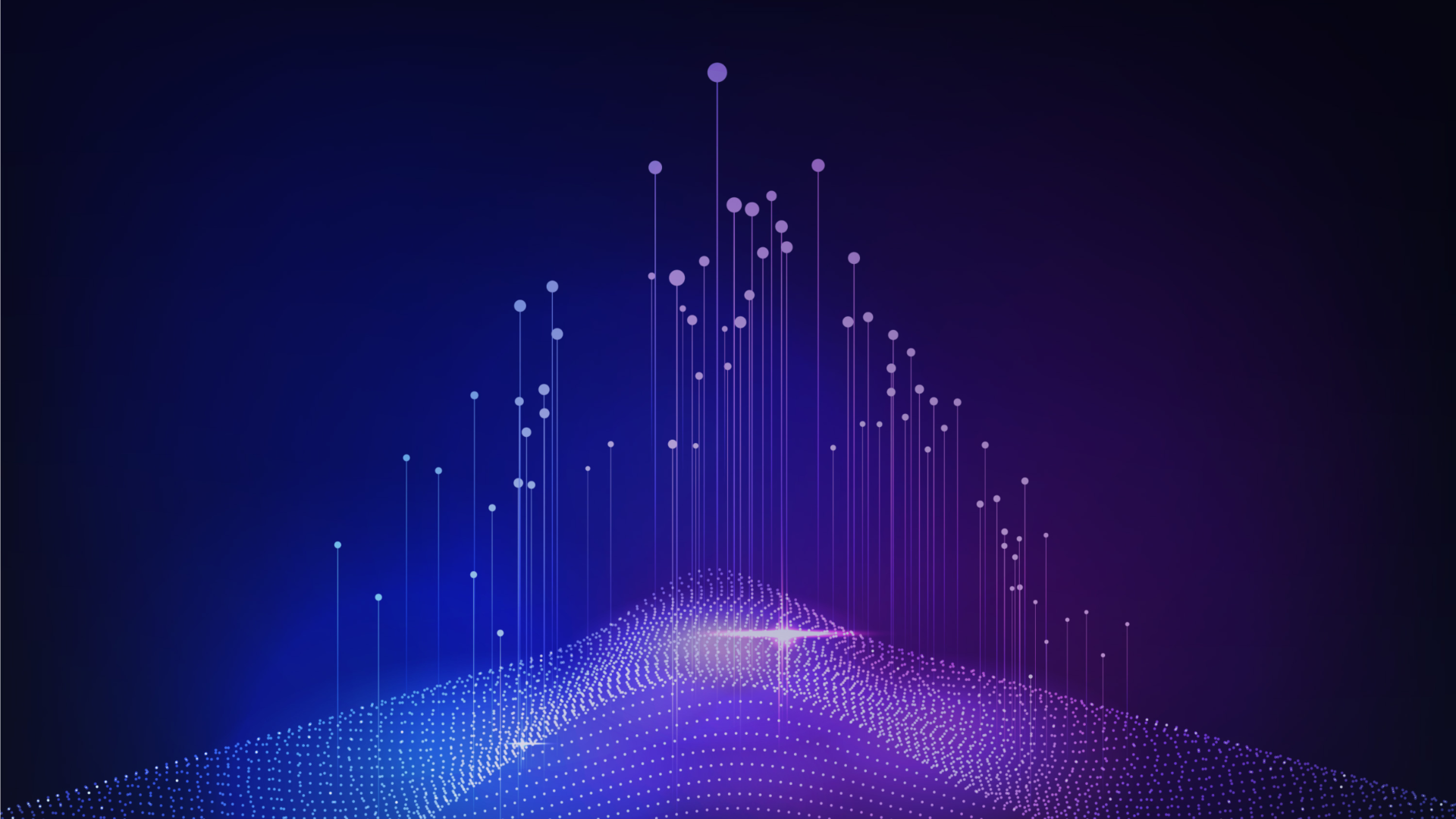
April 04, 2019
Processing Huge Data sets using Big Data technology
Author:

CSO & Co-Founder
Reading time:
7 minutes
Analysis of big data sets is no longer a marketing buzzword but the subject for more serious discussions. Continuously improved technology, human skills and changes in the way of IT and business departments interact are becoming a new reality. The main point is that the use and process big data sets is not such an easy task. It requires deep knowledge in data processing, data modeling, deployment of right data infrastructure and choosing the right tools for particular data wrangling tasks.
What is big data?
The term “big data” refers to huge data collections. The number of which is many times larger (volume). Which are more diverse and contain systematic, partially structured and unstructured data (diversity). And which come faster (speed) than ever before in the history of the traditional relational databases.
Today those large data sets are generated by consumers with the use of internet, mobile devices and IoT. Every interaction on the internet could be collected and analyzed using modern big data analysis approaches. In addition, data could be provided in many formats such as text, documents, images, videos and transactions.
Understanding the technology for large data set analysis and big data processing
Traditional tools and infrastructure do not work effectively for large, diverse and quickly generated data sets. For an organization to be able to use the full potential of such data, it is important to find a new approach to capturing; storing and analyzing data. Large data analysis technologies use the power of a distributed network of computer resources and zero-access architecture. Distributed computing architectures and non-relational (NoSQL) databases to change the way data is managed and analyzed. Innovative servers and solutions for scalable analysis in the operating memory allow optimization of computing power. It allows for scaling, reliability and lower maintenance costs for the majority of demanding analysis tasks.
Analysis using operational memory (RAM memory)
Process big data sets in the main memory can significantly affect the performance and speed of the analysis of large data sets. Gartner recognizes the strategic value of processing big data in the operational memory, placing them on the list of the 10 most important trends in the field of strategic technology due to the possibility of delivering transformational business opportunities. The processing technology in the operational memory allows real-time decision-making based on facts.
Processing in the main memory removes one of the basic limitations of many solutions for the analysis and process of big data sets, such as high delays and I/O bottlenecks caused by access to data on disk mass memory. Processing in the main memory stores all related data in the RAM memory of the computer system. Access to data is much faster, thanks to which it is possible to perform instant analysis. This means that business information is available almost immediately.
The processing technology in the main memory enables the transfer of entire database or data warehouses to the RAM memory. As results it wllows you for quick analysis of the entire big data set. Analysis in operational memory integrates analytical applications and databases in memory on dedicated servers. It is an ideal solution for analytical scenarios with high computational requirements that are related to real-time data processing. Examples of database solutions in working memory are SQL Server Analysis Services, Hyper (Tableau new in-memory data engine).
NoSQL databases
Non-relational databases are in the form of four different types of stores – key-value, column, graph or document pairs. It provides high performance, high-availability storage on a high scale. Such databases are useful for handling huge data streams and flexible types of diagrams and data with a short response time. NoSQL databases use a distributed, fault-tolerant architecture that ensures system reliability and scalability. An example of NoSQL databases is Apache HBase, Apache Cassandra, MongoDB, and Azure DocumentDB.
Columnar database
Grid-based databases store data using columns rather than rows. They reduce the number of read data items during query processing and providing high performance when performing a large number of concurrent queries. Column-based analysis databases are read-only environments that offer higher cost-effectiveness and better scalability than traditional RDBMS systems. They are used for enterprise data stores and other applications with a large number of queries. In addition, they are optimized for storing and retrieving data from advanced analysis. Amazon Redshift, Vertica Analytics Platform, Maria DB are the examples of top column-oriented databases.
Graph databases and analytical tools for processing big data
The graph database is a type of NoSQL database, which is becoming more and more popular. They are particularly useful for related data with a large number of relationships or if relationships are more important than individual objects. The graph data structures are flexible, which facilitates data merging and modeling. Making queries is faster, and modeling and visualization is more intuitive. Many big data sets have a graph nature. Graph databases operate independently or in conjunction with other graph tools, such as graph visualization and analysis applications or machine learning applications. In the latter case, the graph databases allow analyzing and predicting relationships to solve many different problems.
A flexible and extensible platform for processing big data sets and analytics
Thanks to the available flexible and extensible platforms on the market for the analysis of big data sets, the IT or business departments can gain the ability to handle business needs by choosing the most economical systems depending on the internal application needs.
Extracting, Transformation and Loading (ETL)
Extract, Transform, Load (ETL) operations aggregate, pre-process and saves data. However, traditional ETL solutions can not handle the volume, speed, and diversity of big data sets. The Hadoop platform stores and processes big data in a distributed environment, thanks to which it is possible to divide incoming data streams into fragments for the purpose of parallel processing of large data sets. The built-in scalability of Hadoop architecture allows you to speed up ETL tasks, significantly reducing the time of analysis.
Processing big data with interactive data querying (interactive queries)
The combination of the Hadoop platform with a modern enterprise data warehouse, which is based on a large-scale processing architecture, allows the extension of the big data analysis platform to support interactive queries and more advanced analytics.
Infrastructures based on Hadoop, GCP or S3 platform accepts and processes large amounts of various data streams and loads them into the company’s data warehouse for querying, analyzing and ad-hoc SQL or Business Intelligence (BI) reports. Because Hadoop architecture allows the processing of many different types of data, the company’s data warehouse remains enriched with data that can’t be stored in traditional relational data warehouses. In addition, the data stored by the data lakes infrastructure is much more durable, which allows obtaining very detailed data from the company’s data warehouse to perform complex analyses.
Predictive analytics (machine learning)
Predictive analytics allows you to get additional benefits from data by using historical data points to predict the future. At Addepto we recommend combining an enterprise data store based on a large-scale processing architecture that performs complex predictive analysis with Spark cluster for fast, efficient and reliable ETL operations. The Hadoop cluster can also be extended with tools for data processing. Other components for additional processing and data analytics also could be added.
Summary
Remember about the above-mentioned solutions and technologies while processing big data sets. The right technology stack could help you use the full potential of your data and extract the right insights.
If you have any problems or questions regarding the processing of big data sets or you just need machine learning or data engineering services, contact us and Addepto team will guide you to the data sucess.
Category:





